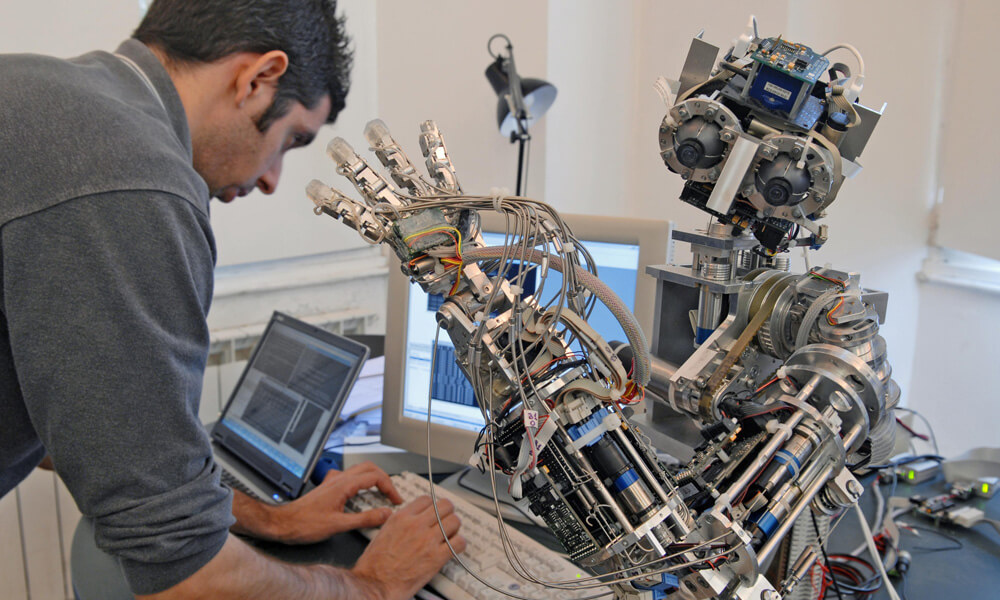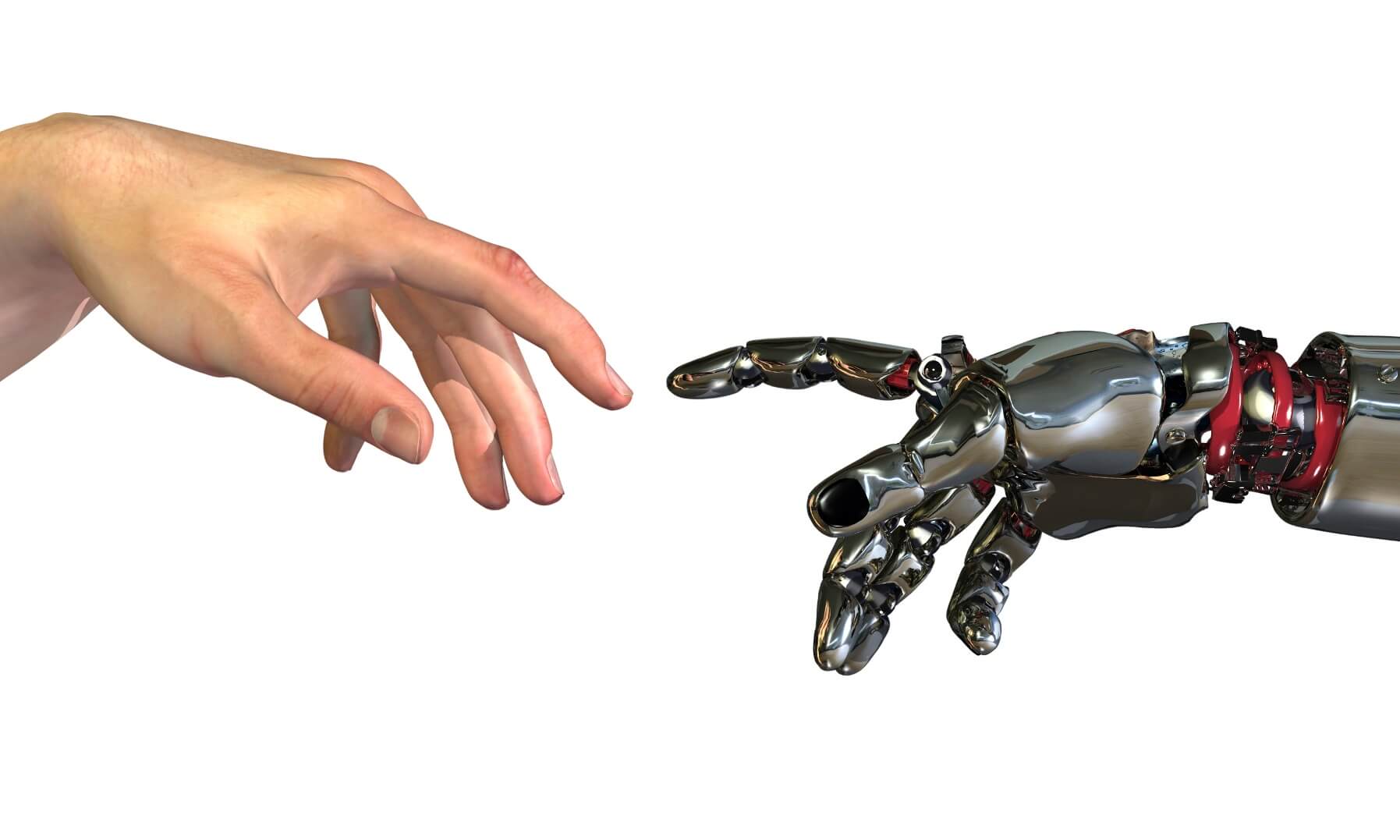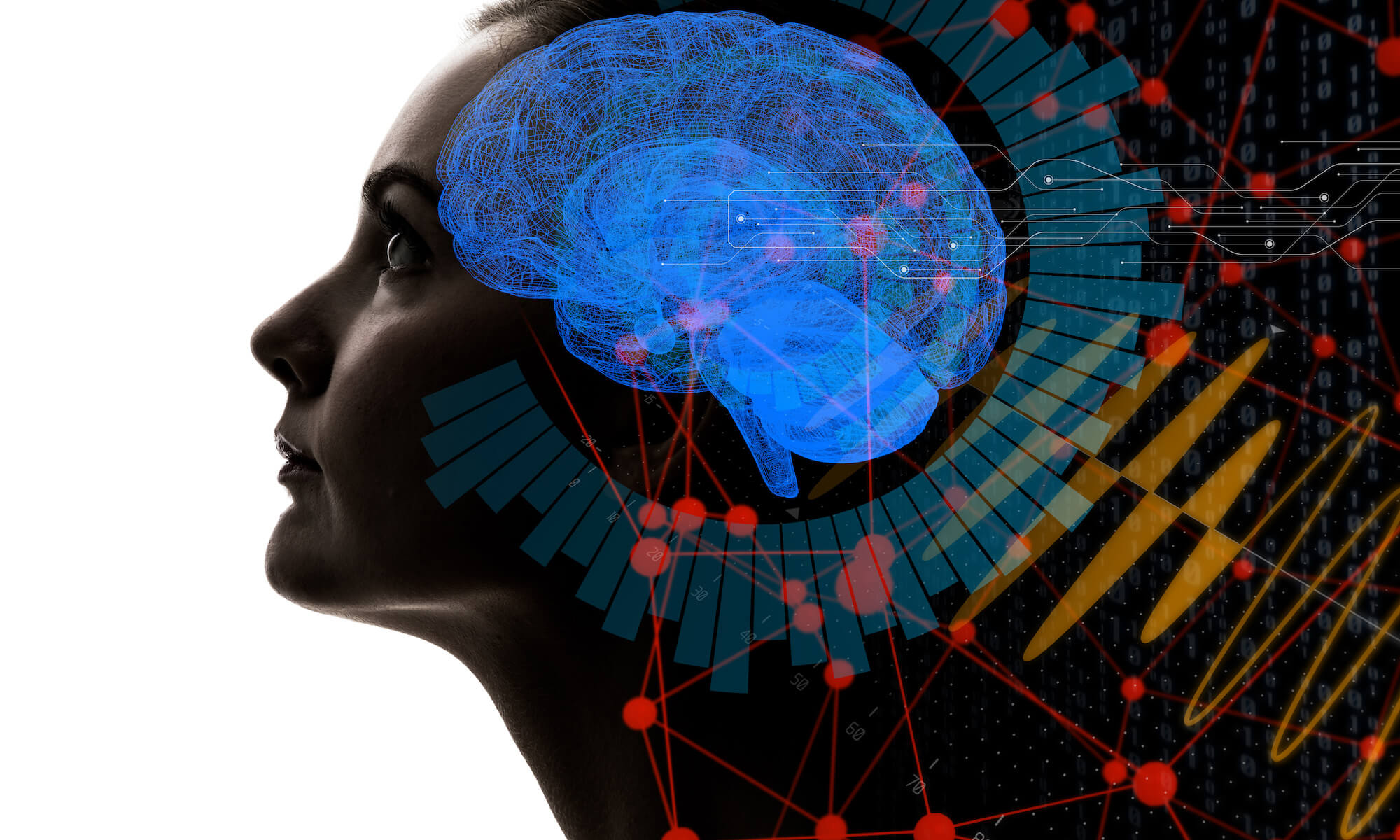Researchers at MIT have developed a robot that is capable of identifying objects using a combination of sight and touch. Read to find out more about this new technology.


Researchers at MIT have developed a robot that is capable of identifying objects using a combination of sight and touch. Read to find out more about this new technology.

Listen to Richard Turere—a young inventor who saved his Maasai community by effectively scaring away lions.

The effect of technology use on teenagers’ moods and behaviors is a widely-debated issue. But what are the risks of screen time? This article points to a study that attempts to set the record straight.

In the search for space-worthy necessities, NASA has also discovered technologies helpful for life on Earth. Watch the video for a look at everyday items inspired by NASA.

Our world demands more and more from technology, but could it ultimately be dangerous? Watch the video and decide for yourself.

People with disabilities often feel empowered when playing video games.

Read how having technology that makes cars safer sometimes makes drivers less attentive to the road.

Ice stupas are artificially engineered glaciers meant to inspire innovative thinking in response to climate change.

Watch a video of a tribute celebrating the 50th anniversary of the Apollo 11 moon landing. The Washington Monument transforms into a movie screen depicting various stages of the mission.

How can large earthquakes set off many smaller ones? Read on to learn more about the aftereffects of earthquakes.

Humans currently have their eyes set on colonizing Mars in the near future. Read on to learn how Venus may be a better option.

Researchers at Penn State have found that most participants in a study identified robots as male when they were presented with no gender cues, but simple alterations on the robots’ screens could strengthen anthropomorphic personalities that humans tend to give computers.

Why do we make connections with digital assistants when we know they don’t have feelings?

Exploring the deep sea poses many challenges for scientists. Read this article to learn about the submersible technology scientists use to study deep-water ecosystems. Click on the links to find out more about each type of submersible.

In 1894, Percival Lowell looked through his telescope and believed he saw canals on Mars. He thought they were proof of intelligent life on that planet. But were they really canals? Read about what Lowell actually saw and the effect of his theory on people’s imaginations.

Get inspired by this teenager, who applies her ingenuity to solve practical problems in lifesaving ways.

The Holocaust nearly obliterated the once-vibrant Jewish population of Lithuania. Learn about how a small band of prisoners made a daring escape so that they could bear witness and how modern researchers have found proof of this event.

Photography has helped us to see things we couldn’t see with our eyes. It has captured important moments in time. It has even helped to some of the mysteries of the universe. Click through the features at this link to see some of the most significant photos of all time.

Scientists have created a robot that can be controlled with brain waves and subtle hand gestures. This paves the way for more responsive and intuitive robots. Are robot butlers and personal care workers in our future?

Though we typically think of archaelogy as occuring on land, subaquatic archaelogists explore ancient underwater sites. This article describes some of their important discoveries.